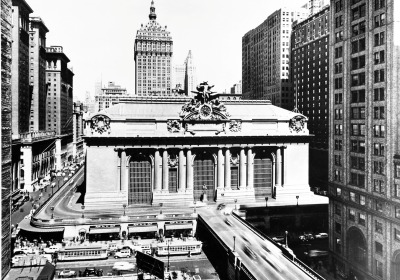Cars, Culture and the City
Tue, 30 Mar 2010When you think of American cities associated with the car it is Los Angeles of course that leaps first to mind, thanks mostly to Hollywood, and Detroit second. But New York turns out to have been vital in the history of car design, as I found researching an exhibition Cars, Culture and the City at the Museum of the City of New York as guest curator over the last few months, working with the museums curator architecture and design, Donald Albrecht.
The show has just opened, on March 25.
New York's relationship with the car is more like that of a European city than is any other American metropolis. It has the lowest per capita auto ownership of any US city. The island of Manhattan has even seen a decline in per capita car ownership recently by about two percent a year. It is the only American city one could imagine considering congestion pricing for cars entering its bridges and tunnels, as it did two years ago. (The plan, championed by Mayor Michael Bloomberg, was narrowly defeated at the last minute.)
But car design, I learned, has a long history in the New York, which as the home of the wealthy bought cars first, around 1900, when half of all the cars in the USA were in New York.
The first car design school in the States grew out of carriage building and was located on the Bowery, best known in the past as skid row, the home of winos and flophouses - that part of the city now hosts the chic New Museum and galleries and cafes.
New York turns out to have been a center of auto body building in the early days of the car. The famous Brewster coachbuilder created bodies for Rolls-Royce and other chassis. It is famously celebrated in the lyrics of Cole Porters song "You're the Top".
Frank Lloyd Wright designed a famous showroom for Max Hoffman, the importer of the first Jaguars, Porsches and BMWs. It has curving ramps, like the Guggenheim Museum Wright designed around the same time and is now the Mercedes show room.
Continues →
By Phil Patton

